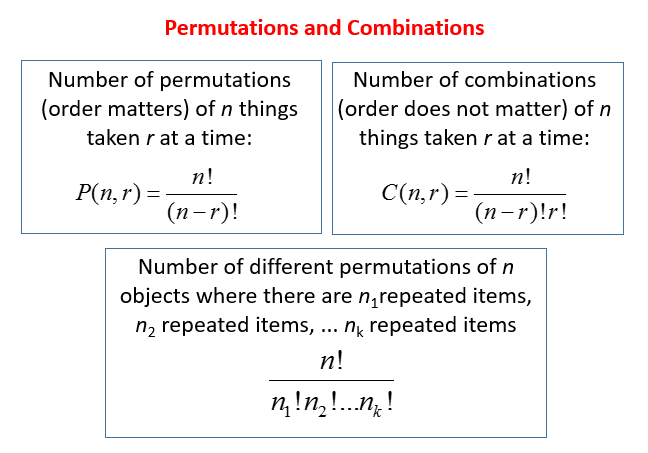Understanding Factorials and Permutations
Factorials and permutations play an important role in probability theory and combinatorics. Let’s take a deeper dive into how factorials work and their application in arranging and rearranging books on a shelf.
The Growing Nature of Factorials
Factorials represent the number of ways objects can be arranged. The factorial of a number (n!) is equal to n multiplied by every positive lower integer, down to 1. For example, 5! equals 5 x 4 x 3 x 2 x 1, which is 120. What’s fascinating about factorials is how exponentially they grow as the number increases. Doubling the number more than quadruples the total permutations. Adding just one more object multiplies the previous number of arrangements by the new quantity. This exponential growth is why higher numbers of arrangements seem intractable without computation.

Calculating Book Arrangements
To arrange books on a shelf, we count the number of positions each book can occupy. For example, with 7 books there are 7 positions for the first book, 6 remaining for the second, and so on down to 1 position for the last book. Multiplying all these possible positions together gives the total arrangements, which is 7!. Therefore, the number of ways to arrange 7 different books on a shelf is 7! = 5,040. We can see how factorials efficiently calculate arrangements by considering each object’s location choices.
Grouping Books Together
What if we wanted some books to always stay together? We can treat those books as a single object, reducing the total number of “books” while still accounting for their internal order. For example, with 7 books where 3 particular books must stay together, we first calculate the 6 ways those 3 can be arranged internally. Now we have an object made of those 3 books, plus the 4 other individual books, for a total of 5 objects. The arrangements of these 5 objects is 5!, which we then multiply by the internal arrangements of the grouped books. Therefore, the number of arrangements keeping 3 of the 7 books always together is 5! × 3! = 120 × 6 = 720 ways. By grouping objects and separating internal/external arrangements, we can calculate more complex scenarios.
The Scalability of Computation
While factorials grow enormously fast, computers can calculate them near-instantly using pre-computed tables or direct multiplication. This makes permutations tremendously powerful tools even for double-digit numbers.
On the other hand, doing deep, multi-stage permutations by hand would take lifetimes even for small increases in quantity. Computation allows scaling far beyond what’s possible manually. Understanding factorials’ exponential growth highlights why approximation is key for larger probabilistic problems.
In summary, factorial formulas provide an exact count of arrangements while intuitively showing how quantities expand possibilities. Their application to books demonstrates combinatorial reasoning, as does considering alternative grouping or constraints. Computation further extends this powerful counting method’s applicability.
